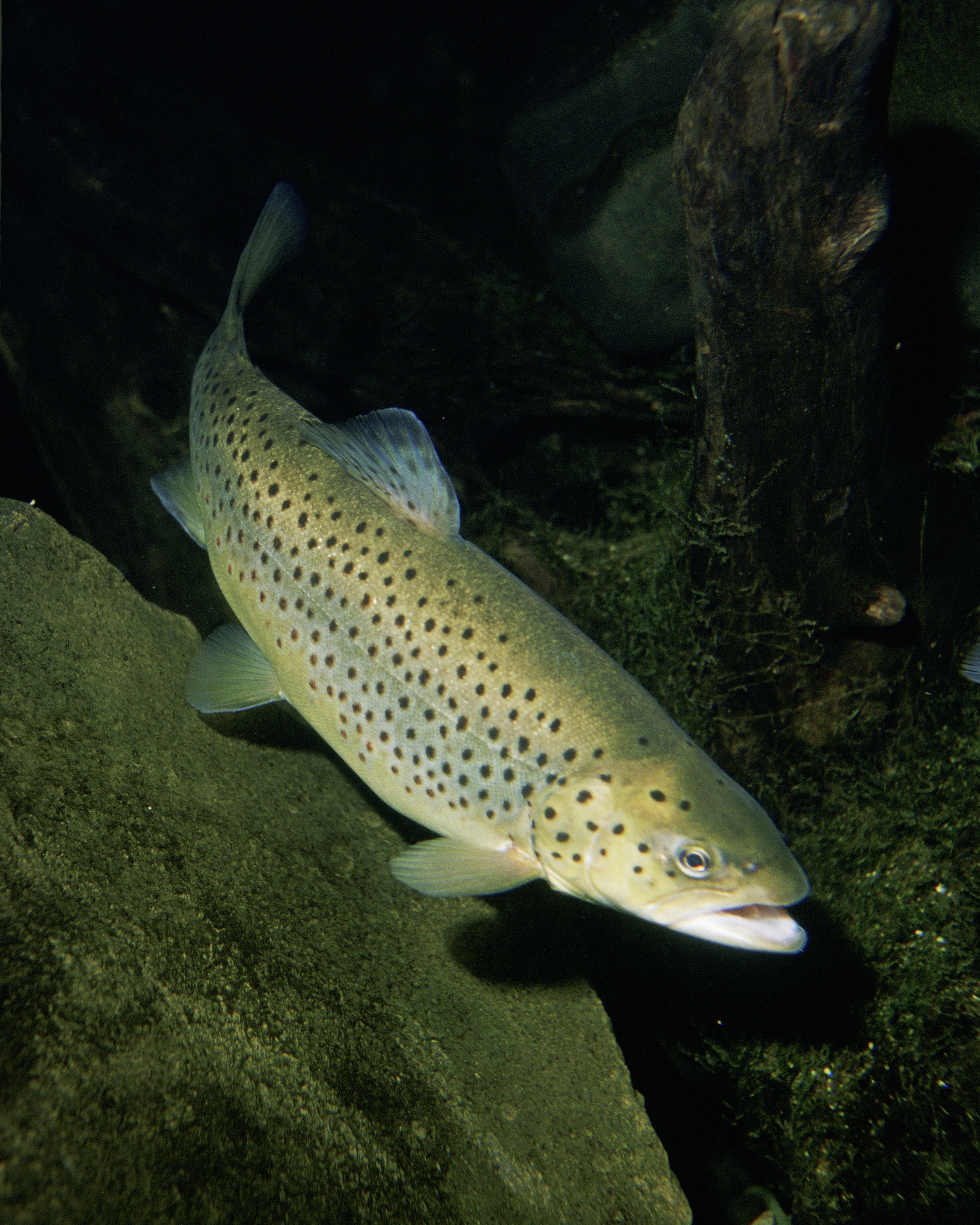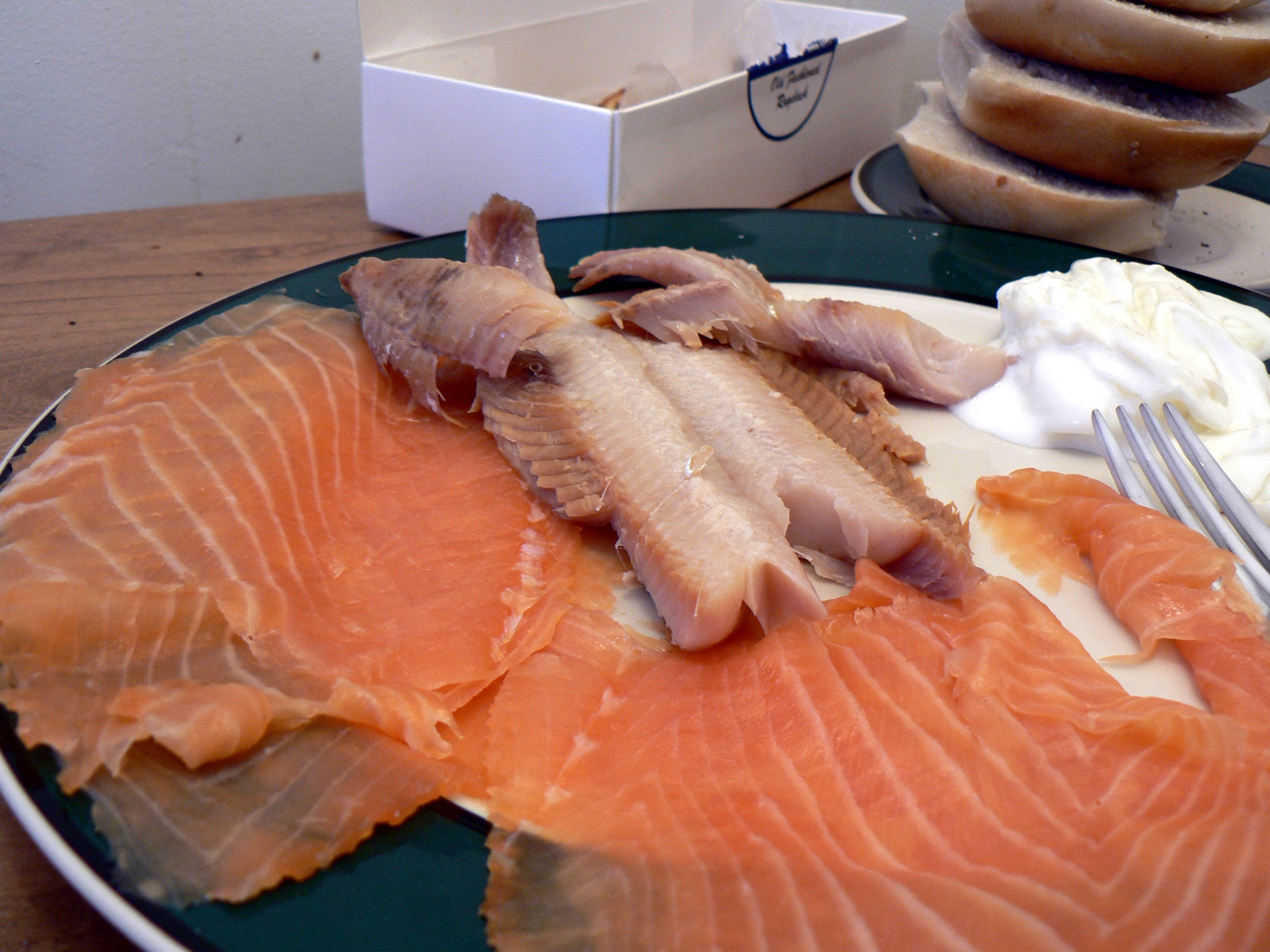|
Luossajärvi
Luossajärvi is a small lake in Kiruna in northern Sweden beside Luossavaara. The mining company LKAB has gradually emptied the southern part of the lake in 2007–8 to allow mining of iron ore in the peat bog. These drained areas today consist of mostly marshes. Environmental problems The remaining portion of the lake has a chemical composition which shows the influence of mining activities. The lake has high concentrations of and |
Kiruna
(; ; ; ) is the northernmost Stad (Sweden), city in Sweden, situated in the province of Lapland, Sweden, Lapland. It had 17,002 inhabitants in 2016 and is the seat of Kiruna Municipality (population: 23,167 in 2016) in Norrbotten County. The city was originally built in the 1890s to serve the Kiruna Mine. The Esrange Space Center was established in Kiruna in the 1960s. Also in Kiruna are the Institute of Space Physics (Sweden), Institute of Space Physics and Luleå University of Technology's Department of Space Science. History Origins Archaeological findings have shown that the region around Kiruna has been inhabited for at least 6,000 years. Centuries before Kiruna was founded in 1900, the presence of iron ore at Kiirunavaara and Luossavaara had been known by the local Sámi people, Sámi population. In 1696, Samuel Mört, a bookkeeper of the Kengis works, wrote on rumours about the presence of iron in the two hills.Kummu 1997, p. 96. The ore became better known afte ... [...More Info...] [...Related Items...] OR: [Wikipedia] [Google] [Baidu] |
Sweden
Sweden, formally the Kingdom of Sweden, is a Nordic countries, Nordic country located on the Scandinavian Peninsula in Northern Europe. It borders Norway to the west and north, and Finland to the east. At , Sweden is the largest Nordic country by both area and population, and is the List of European countries by area, fifth-largest country in Europe. Its capital and largest city is Stockholm. Sweden has a population of 10.6 million, and a low population density of ; 88% of Swedes reside in urban areas. They are mostly in the central and southern half of the country. Sweden's urban areas together cover 1.5% of its land area. Sweden has a diverse Climate of Sweden, climate owing to the length of the country, which ranges from 55th parallel north, 55°N to 69th parallel north, 69°N. Sweden has been inhabited since Prehistoric Sweden, prehistoric times around 12,000 BC. The inhabitants emerged as the Geats () and Swedes (tribe), Swedes (), who formed part of the sea-faring peopl ... [...More Info...] [...Related Items...] OR: [Wikipedia] [Google] [Baidu] |
Swedish Meteorological And Hydrological Institute
The Swedish Meteorological and Hydrological Institute (, SMHI) is a Swedish government agency and operates under the Ministry of Climate and Enterprise. SMHI has expertise within the areas of meteorology, hydrology and oceanography, and has extensive service and business operations within these areas. History On 1 January 1873, Statens Meteorologiska Centralanstalt was founded, an autonomous part of the Royal Swedish Academy of Sciences, but the first meteorological observations began on 1 July 1874. It was not until 1880 that the first forecasts were issued. The latter will be broadcast on Stockholm radio from 19 February 1924.. In 1908, the Hydrographic Office (''Hydrografiska byrån'', HB) was created. Its task is to scientifically map Sweden's freshwater and collaborate with the weather service in taking certain weather observations such as precipitation and snow cover. In 1919, the two services merged and became the ''Statens meteorologisk-hydrografiska anstalt'' (SMHA). ... [...More Info...] [...Related Items...] OR: [Wikipedia] [Google] [Baidu] |
Luossavaara
Luossavaara (Northern Sami: ''Luossavárri'') is a mountain in Kiruna, Sweden. It is the site of a now-inactive iron ore mine formerly operated by the Swedish mining company LKAB. Today it has a ski lift and slope, as well as a hiking path called ''Midnattsolstigen'' (the Midnight Sun Trail). See also * Kiirunavaara Kiirunavaara (Northern Sami: ''Gironvárri'', Meänkieli: ''Kierunavaara'') is a mountain situated in Kiruna Municipality in Norrbotten County, Sweden. It contains one of the largest and richest bodies of iron ore in the world. History The pres ... External links Kiruna ski slope– Information from Kiruna community (Swedish) Town hill Luossavaara– Information from Kirunawinter (Swedish) Kiruna Mountains of Norrbotten County {{Norrbotten-geo-stub ... [...More Info...] [...Related Items...] OR: [Wikipedia] [Google] [Baidu] |
LKAB
Luossavaara-Kiirunavaara Aktiebolag (LKAB) is a state-owned Swedish mining company. The company mines iron ore at Kiruna and at Malmberget in northern Sweden. The company was established in 1890, and has been 100% state-owned since the 1950s. The iron ore is processed to pellets and sinter fines, which are transported by Iore trains ( Malmbanan) to the harbours at Narvik and Luleå and to the steel mill at Luleå (SSAB). Their production is sold throughout much of the world, with the principal markets being European steel mills, as well as North Africa, the Middle East and Southeast Asia. LKAB's mines supply at least 80% of Europe's iron ore. Operations , LKAB has over 4,500 employees in 12 countries. There are iron ore mines, processing plants and ore harbors in northern Sweden and Norway, and a sales office in Germany. LKAB has subsidiaries for industrial minerals with processing plants in Sweden, Finland, the UK, the Netherlands, Turkey and China. Additional subsidiaries ar ... [...More Info...] [...Related Items...] OR: [Wikipedia] [Google] [Baidu] |
Sulphate
The sulfate or sulphate ion is a polyatomic anion with the empirical formula . Salts, acid derivatives, and peroxides of sulfate are widely used in industry. Sulfates occur widely in everyday life. Sulfates are salts of sulfuric acid and many are prepared from that acid. Spelling "Sulfate" is the spelling recommended by IUPAC, but "sulphate" was traditionally used in British English. Structure The sulfate anion consists of a central sulfur atom surrounded by four equivalent oxygen atoms in a tetrahedral arrangement. The symmetry of the isolated anion is the same as that of methane. The sulfur atom is in the +6 oxidation state while the four oxygen atoms are each in the −2 state. The sulfate ion carries an overall charge of −2 and it is the conjugate base of the bisulfate (or hydrogensulfate) ion, , which is in turn the conjugate base of , sulfuric acid. Organic sulfate esters, such as dimethyl sulfate, are covalent compounds and esters of sulfuric acid. The tetrahedral ... [...More Info...] [...Related Items...] OR: [Wikipedia] [Google] [Baidu] |
Nitrite
The nitrite polyatomic ion, ion has the chemical formula . Nitrite (mostly sodium nitrite) is widely used throughout chemical and pharmaceutical industries. The nitrite anion is a pervasive intermediate in the nitrogen cycle in nature. The name nitrite also refers to organic compounds having the –ONO group, which are esters of nitrous acid. Production Sodium nitrite is made industrially by passing a mixture of nitrogen oxides into aqueous sodium hydroxide or sodium carbonate solution: : : The product is purified by recrystallization. Alkali metal nitrites are thermally stable up to and beyond their melting point (441 °C for KNO2). Ammonium nitrite can be made from dinitrogen trioxide, N2O3, which is formally the anhydride of nitrous acid: :2 NH3 + H2O + N2O3 → 2 NH4NO2 Structure The nitrite ion has a symmetrical structure (C2v molecular point group, symmetry), with both N–O bonds having equal length and a bond angle of about 115°. In valence bond theory, it is ... [...More Info...] [...Related Items...] OR: [Wikipedia] [Google] [Baidu] |
Trout
Trout (: trout) is a generic common name for numerous species of carnivorous freshwater ray-finned fishes belonging to the genera '' Oncorhynchus'', ''Salmo'' and ''Salvelinus'', all of which are members of the subfamily Salmoninae in the family Salmonidae. The word ''trout'' is also used for some similar-shaped but non-salmonid fish, such as the spotted seatrout/speckled trout (''Cynoscion nebulosus'', which is actually a croaker). Trout are closely related to salmon and have similar migratory life cycles. Most trout are strictly potamodromous, spending their entire lives exclusively in freshwater lakes, rivers and wetlands and migrating upstream to spawn in the shallow gravel beds of smaller headwater creeks. The hatched fry and juvenile trout, known as ''alevin'' and ''parr'', will stay upstream growing for years before migrating down to larger waterbodies as maturing adults. There are some anadromous species of trout, such as the steelhead (a coastal subs ... [...More Info...] [...Related Items...] OR: [Wikipedia] [Google] [Baidu] |
Perch
Perch is a common name for freshwater fish from the genus ''Perca'', which belongs to the family Percidae of the large order Perciformes. The name comes from , meaning the type species of this genus, the European perch (''P. fluviatilis''). Many species of freshwater game fish more or less resemble perch, but belong to different genera. In fact, the exclusively saltwater-dwelling red drum (which belong to a different order Acanthuriformes) is often referred to as a "red perch", though by definition perch are freshwater species. Though many fish are referred to as perch as a common name, to be considered a true perch, the fish must be of the family Percidae. Species Most authorities recognize three species within the perch genus: * The European perch (''P. fluviatilis'') is primarily found in Europe, but a few can also be found in South Africa, and even as far east on the Southern hemisphere as Australia. This species is typically greenish in color with dark vertical ba ... [...More Info...] [...Related Items...] OR: [Wikipedia] [Google] [Baidu] |
Pike (fish)
''Esox'' is a genus of freshwater fish commonly known as pike or pickerel. It is the type genus of the family Esocidae. The type species of the genus is '' Esox lucius'', the northern pike. ''Esox'' have a fossil record extending back to the Paleocene. Modern large pike species are native to the Palearctic and Nearctic realms, ranging across Northern America and from Western Europe to Siberia in North Asia. Pike have the elongated, torpedo-like shape typical of predatory fishes, with sharply pointed heads and sharp teeth. Their coloration is typically grey-green with a mottled or spotted appearance with stripes along their backs, providing camouflage among underwater weeds, and each individual pike marking patterns are unique like fingerprints. Pikes can grow to a maximum recorded length of , reaching a maximum recorded weight of 67lb 8oz. Etymology The generic name ''Esox'' (pike fish) derives from the Greek ἴσοξ (''ee-soks'', a large fish) and appears to be cognate wi ... [...More Info...] [...Related Items...] OR: [Wikipedia] [Google] [Baidu] |
Freshwater Whitefish
The freshwater whitefish are fishes of the subfamily Coregoninae, which contains whitefishes (both freshwater and anadromous) and ciscoes, and is one of three subfamilies in the salmon family Salmonidae. Apart from the subfamily Coregoninae, the family Salmonidae includes the salmon, trout, and char species of the subfamily Salmoninae, and grayling species of the subfamily Thymallinae. Freshwater whitefish are distributed mainly in relatively cool waters throughout the northern parts of the Northern Hemisphere. Taxonomy The Coregoninae subfamily consists of three nominal genera: * '' Coregonus'' Linnaeus, 1758 – whitefishes and ciscoes, which according to some authors number more than 60 species. There are differing opinions on the classification of some species within the genus and the overall number of species. Some species in Arctic regions of Asia and North America forage in marine waters. * '' Prosopium'' Jordan, 1878 – round whitefishes, which includes six speci ... [...More Info...] [...Related Items...] OR: [Wikipedia] [Google] [Baidu] |
Thymallus
''Thymallus'', commonly known as graylings, is a genus of freshwater ray-finned fish and the only genus within the subfamily Thymallinae of the family Salmonidae. Although all ''Thymallus'' species can be generically called graylings, without specific qualification the term "grayling" typically refers to the type species '' Thymallus thymallus'', the European grayling. Name The name of the genus ''Thymallus'' first given to grayling (''T. thymallus'') described in the 1758 edition of ''Systema Naturae'' by Swedish zoologist Carl Linnaeus originates from the faint smell of the herb thyme, which emanates from the flesh. ''Thymallus'' derives from the Greek θύμαλλος, "thyme smell". Species According to FishBase, 14 species are placed in this genus. However, views differ on their taxonomic rank. * '' Thymallus arcticus'' ( Pallas, 1776) - Arctic grayling * '' Thymallus baicalensis'' Dybowski, 1874 - Baikal black grayling * '' Thymallus brevipinnis'' Svetovid ... [...More Info...] [...Related Items...] OR: [Wikipedia] [Google] [Baidu] |





